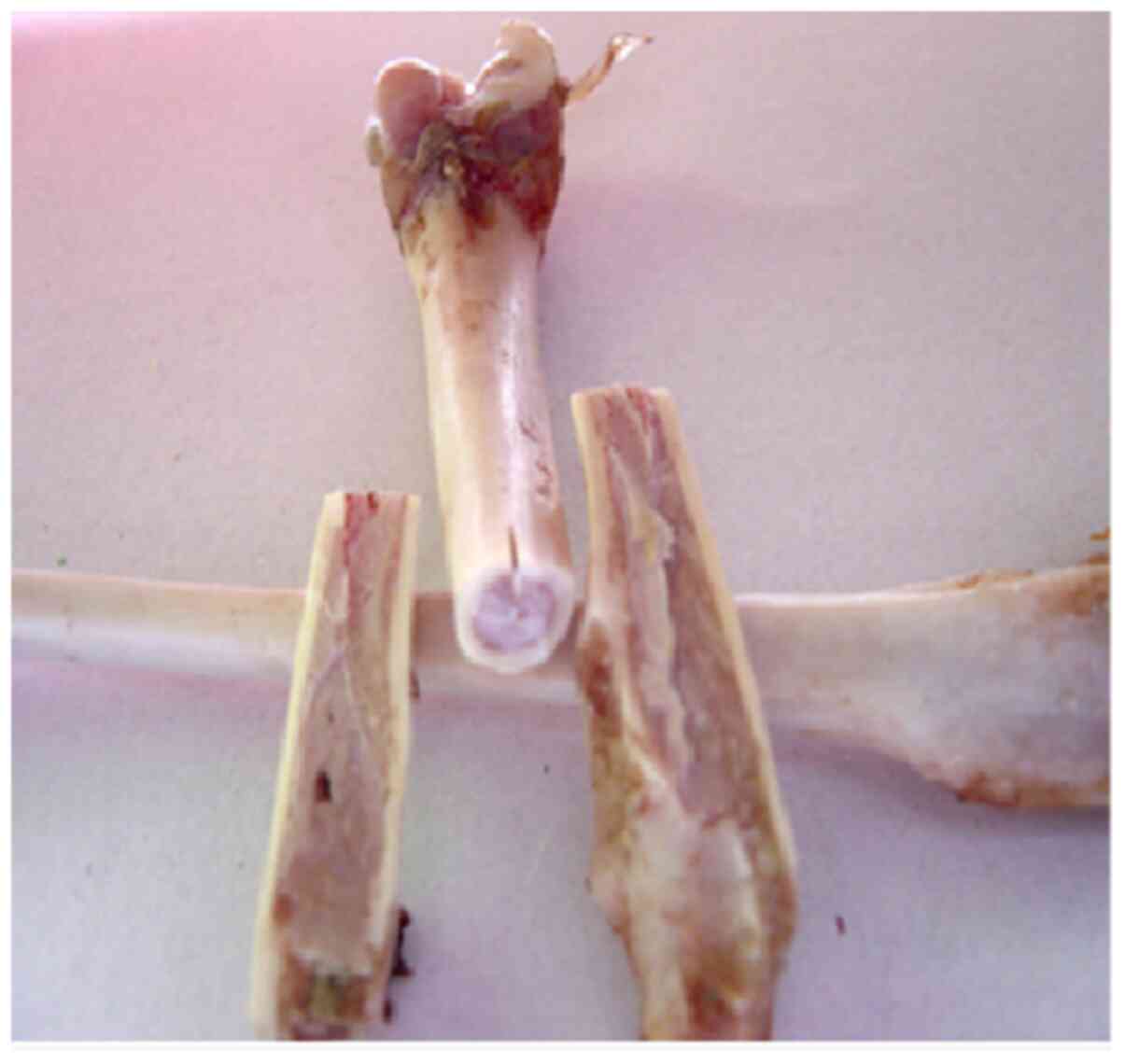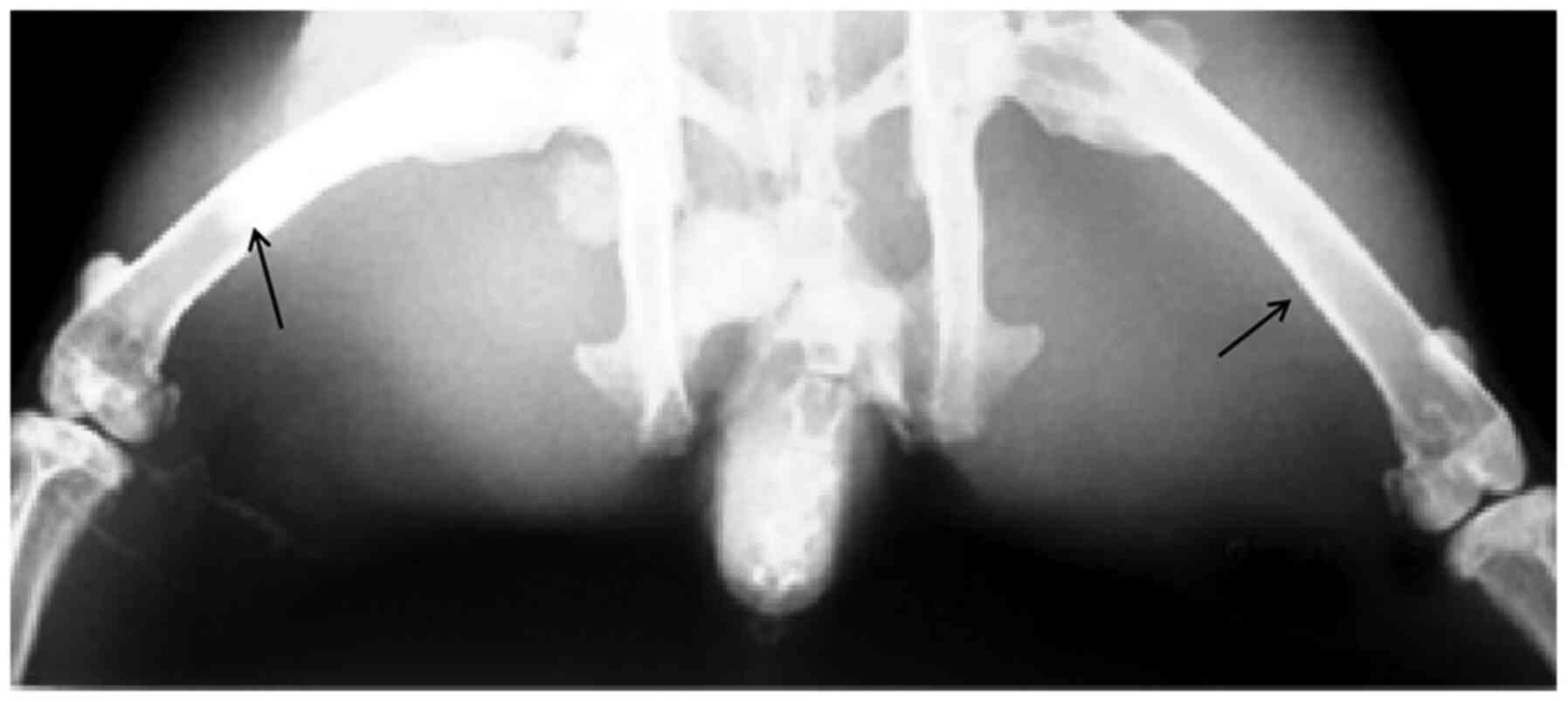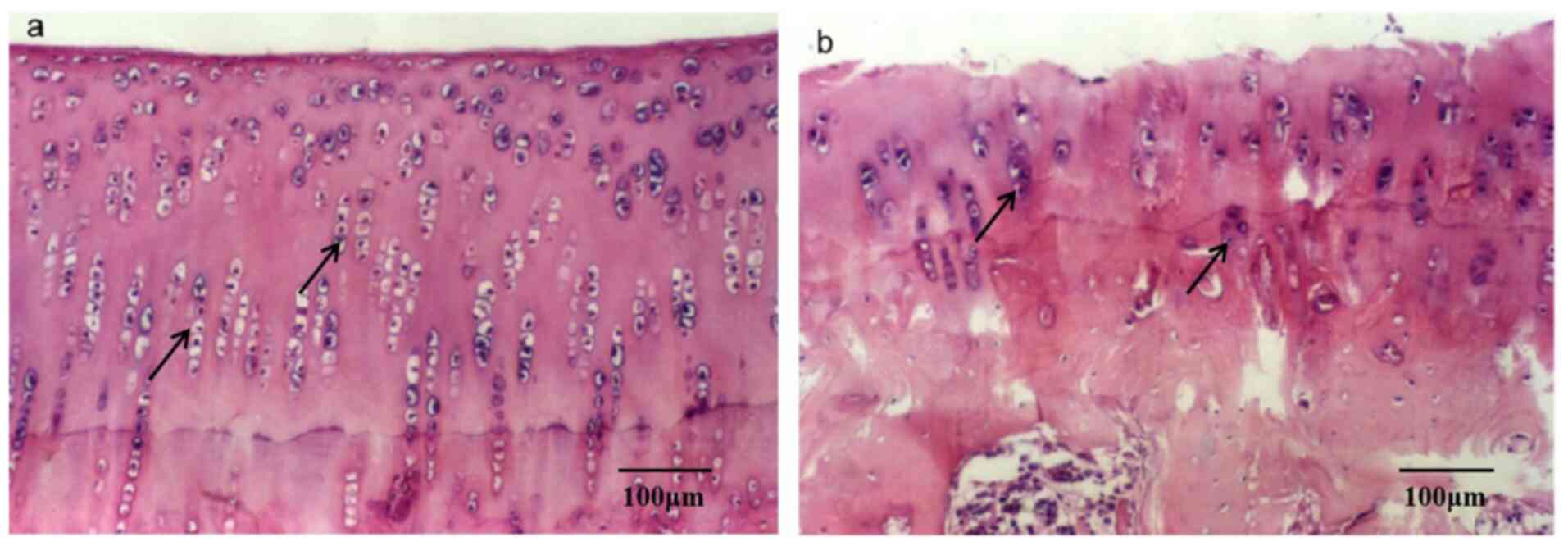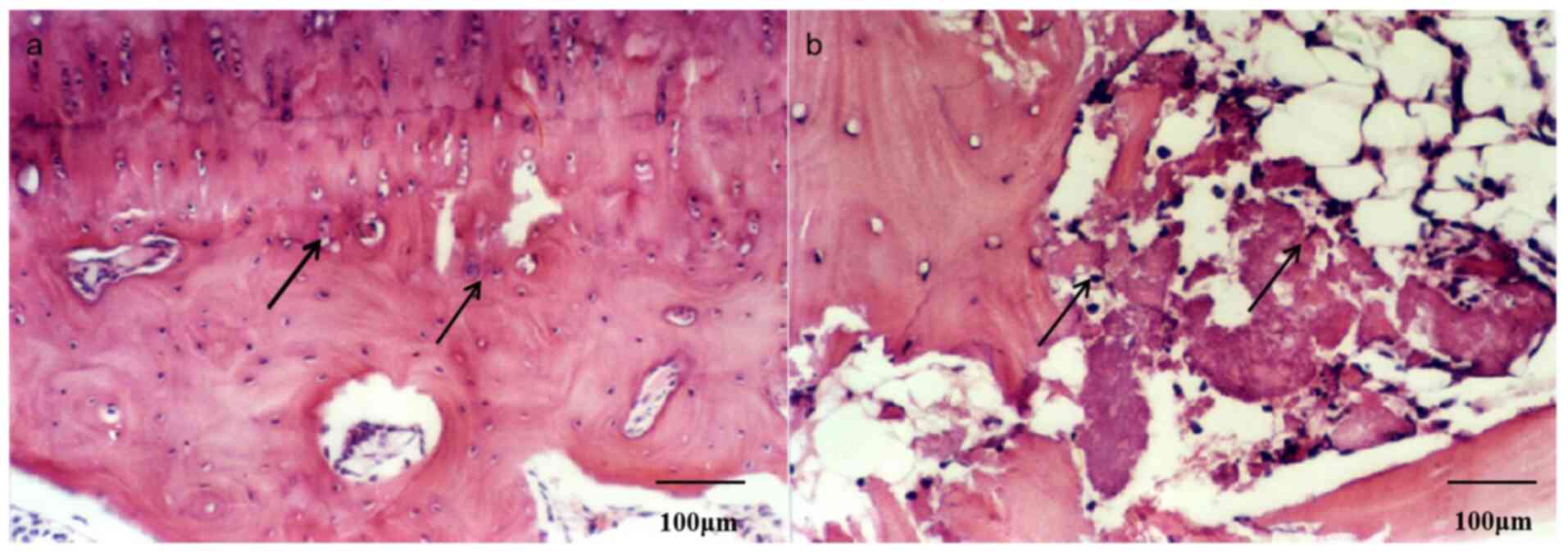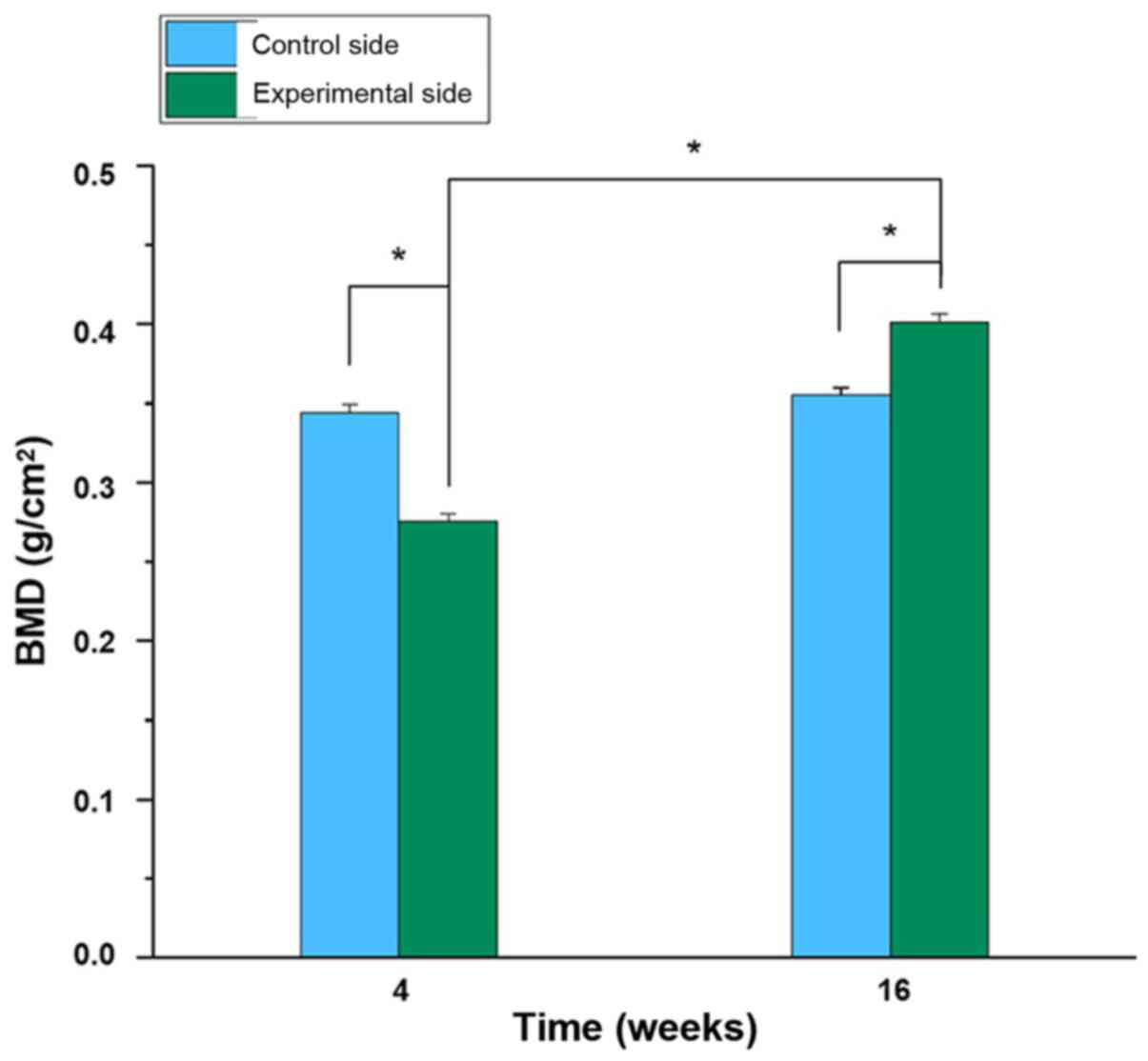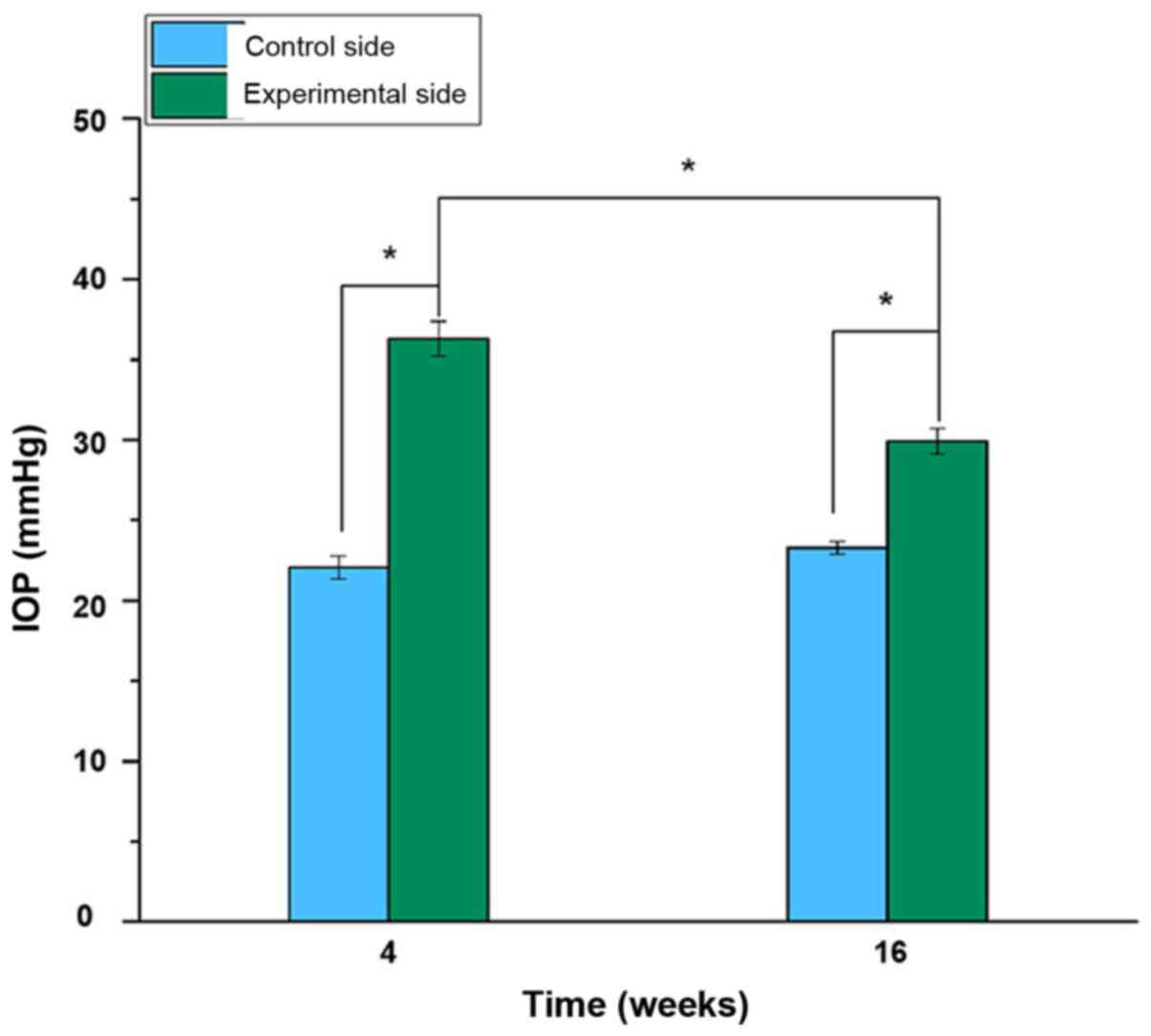|
1
|
Blankstein M, Lentine B and Nelms NJ: The
use of cement in hip arthroplasty: A contemporary perspective. J Am
Acad Orthop Surg. 28:e586–e594. 2020.PubMed/NCBI View Article : Google Scholar
|
|
2
|
Beckmann NA, Bitsch RG, Gondan M,
Schonhoff M and Jaeger S: Comparison of the stability of three
fixation techniques between porous metal acetabular components and
augments. Bone Joint Res. 7:282–288. 2018.PubMed/NCBI View Article : Google Scholar
|
|
3
|
Amirouche F, Solitro G, Broviak S,
Goldstein W, Gonzalez M and Barmada R: Primary cup stability in THA
with augmentation of acetabular defect. A comparison of healthy and
osteoporotic bone. Orthop Traumatol Surg Res. 101:667–673.
2015.PubMed/NCBI View Article : Google Scholar
|
|
4
|
Kim SC, Ohashi H and Oonishi H and Oonishi
H: Histologic findings at 14 and 18 years after cemented total hip
arthroplasty with interface bioactive bone cement technique. J
Arthroplasty. 22:1067–1069. 2007.PubMed/NCBI View Article : Google Scholar
|
|
5
|
Singh V, Bhakta P, Zietak E and Hussain A:
Bone cement implantation syndrome: A delayed postoperative
presentation. J Clin Anesth. 31:274–277. 2016.PubMed/NCBI View Article : Google Scholar
|
|
6
|
Vanderstappen J, Simon JP and Bellemans J:
Radiographic analysis of a bone plug in 275 primary cemented total
hip arthroplasties. Acta Orthop Belg. 78:350–356. 2012.PubMed/NCBI
|
|
7
|
Motobe T, Hashiguchi T, Uchimura T,
Yamakuchi M, Taniguchi N, Komiya S and Maruyama I: Endogenous
cannabinoids are candidates for lipid mediators of bone cement
implantation syndrome. Shock. 21:8–12. 2004.PubMed/NCBI View Article : Google Scholar
|
|
8
|
Morda M, Pini S, Celli F, Casella F,
Parchi P, Piolanti N, Marchetti S and Scaglione M: Bone cement
implantation syndrome: A thromboelastographic study of the effect
of bone cement on coagulation. J Biol Regul Homeost Agents.
31:121–127. 2017.PubMed/NCBI
|
|
9
|
Yoon BH, Ha YC, Lee YK and Koo KH:
Postoperative deep infection after cemented versus cementless total
hip arthroplasty: A meta-analysis. J Arthroplasty. 30:1823–1827.
2015.PubMed/NCBI View Article : Google Scholar
|
|
10
|
Xi LC, Li HY, Zhang M and Huang SC:
Effects of bone cement filling in rabbit proximal femoral medullary
cavity on distal femoral blood flow and metabolism. J Int Med Res.
46:5237–5244. 2018.PubMed/NCBI View Article : Google Scholar
|
|
11
|
Robertson C, Coutts F and Bell J:
Investigation of anterior knee pain after total hip replacement: A
pilot study. Physiother Res Int. 12:25–28. 2007.PubMed/NCBI View
Article : Google Scholar
|
|
12
|
Bartlett DH and Silk SB: Office of
laboratory animal welfare comments. Zebrafish. 13:563–564.
2016.PubMed/NCBI View Article : Google Scholar
|
|
13
|
Ni GX, Lu WW, Chiu KY, Li ZY, Fong DY and
Luk KD: Strontium-containing hydroxyapatite (Sr-HA) bioactive
cement for primary hip replacement: An in vivo study. J Biomed
Mater Res B Appl Biomater. 77:409–415. 2006.PubMed/NCBI View Article : Google Scholar
|
|
14
|
Miyanishi K, Yamamoto T, Irisa T,
Yamashita A, Jingushi S, Noguchi Y and Iwamoto Y: Bone marrow fat
cell enlargement and a rise in intraosseous pressure in
steroid-treated rabbits with osteonecrosis. Bone. 30:185–190.
2002.PubMed/NCBI View Article : Google Scholar
|
|
15
|
Beverly M and Murray D: Factors affecting
intraosseous pressure measurement. J Orthop Surg Res.
13(187)2018.PubMed/NCBI View Article : Google Scholar
|
|
16
|
Pan S, Deng X, Sun S, Lai X, Sun L, Li Q,
Xiang L, Zhang L and Huang Y: Black tea affects obesity by reducing
nutrient intake and activating AMP-activated protein kinase in
mice. Mol Biol Rep. 45:689–697. 2018.PubMed/NCBI View Article : Google Scholar
|
|
17
|
Karawya S, Said DG, Salaheldin MM and Zaky
I: Impact of intravitreal injection of bevacizumab (Avastin) on
rabbit's choroid and retina. Middle East Afr J Ophthalmol.
15:67–72. 2008.PubMed/NCBI View Article : Google Scholar
|
|
18
|
Khoo BC, Brown K, Cann C, Zhu K, Henzell
S, Low V, Gustafsson S, Price RI and Prince RL: Comparison of
QCT-derived and DXA-derived areal bone mineral density and T
scores. Osteoporos Int. 20:1539–1545. 2009.PubMed/NCBI View Article : Google Scholar
|
|
19
|
Pennypacker BL, Oballa RM, Levesque S,
Kimmel DB and Duong LT: Cathepsin K inhibitors increase distal
femoral bone mineral density in rapidly growing rabbits. BMC
Musculoskelet Disord. 14(344)2013.PubMed/NCBI View Article : Google Scholar
|
|
20
|
Beverly M, Mellon S, Kennedy JA and Murray
DW: Intraosseous pressure during loading and with vascular
occlusion in an animal model. Bone Joint Res. 7:511–516.
2018.PubMed/NCBI View Article : Google Scholar
|
|
21
|
Porsch M, Schmidt J, Brimmers P, Menne A
and Merkle W: Intrafemoral pressure measurement in different cement
removal procedures during hip prosthesis replacement
operations-experimental study with cadaver femora. Biomed Tech
(Berl). 43:53–57. 1998.PubMed/NCBI View Article : Google Scholar : (In German).
|
|
22
|
Welch RD, Johnston CE II, Waldron MJ and
Poteet B: Bone changes associated with intraosseous hypertension in
the caprine tibia. J Bone Joint Surg Am. 75:53–60. 1993.PubMed/NCBI View Article : Google Scholar
|
|
23
|
Otto K and Matis U: Changes in
cardiopulmonary variables and platelet count during anesthesia for
total hip replacement in dogs. Vet Surg. 23:266–273.
1994.PubMed/NCBI View Article : Google Scholar
|
|
24
|
Blankstein M, Widmer D, Gotzen M,
Hofmann-Fliri L, Richards RG, Gueorguiev B and Windolf M:
Assessment of intraosseous femoral head pressures during cement
augmentation of the perforated proximal femur nail antirotation
blade. J Orthop Trauma. 28:398–402. 2014.PubMed/NCBI View Article : Google Scholar
|
|
25
|
Li C, Kotha S and Mason J: Evaluation of
the effects of implant materials and designs on thermal necrosis of
bone in cemented hip arthroplasty. Biomed Mater Eng. 13:419–428.
2003.PubMed/NCBI
|
|
26
|
Radin EL and Rose RM: Role of subchondral
bone in the initiation and progression of cartilage damage. Clin
Orthop Relat Res. 34–40. 1986.PubMed/NCBI
|
|
27
|
Fonseca H, Moreira-Gonçalves D, Coriolano
HJ and Duarte JA: Bone quality: The determinants of bone strength
and fragility. Sports Med. 44:37–53. 2014.PubMed/NCBI View Article : Google Scholar
|
|
28
|
Peitgen DS, Innmann MM, Merle C,
Gotterbarm T, Moradi B and Streit MR: Periprosthetic bone mineral
density around uncemented titanium stems in the second and third
decade after total hip arthroplasty: A DXA study after 12, 17 and
21 years. Calcif Tissue Int. 103:372–379. 2018.PubMed/NCBI View Article : Google Scholar
|
|
29
|
van Loon CJ, de Waal Malefijt MC, Buma P,
Verdonschot N and Veth RP: Femoral bone loss in total knee
arthroplasty. A review. Acta Orthop Belg. 65:154–163.
1999.PubMed/NCBI
|
|
30
|
Kramhoft M, Bodtker S, Nimb L and Jensen
JS: Variation of cortical hypertrophy depending on the medullary
filling material. An experimental study of canine tibial diaphysis.
J Arthroplasty. 8:555–560. 1993.PubMed/NCBI
|
|
31
|
Diehl K: Bone stress and reconstruction of
the bone at the alloarthroplasty of the upper end of the femur with
cement bonding (author's transl). Arch Orthop Unfallchir. 83:9–28.
1975.PubMed/NCBI View Article : Google Scholar : (In German).
|
|
32
|
Nakashima Y, Sun DH, Trindade MC, Chun LE,
Song Y, Goodman SB, Schurman DJ, Maloney WJ and Smith RL: Induction
of macrophage C-C chemokine expression by titanium alloy and bone
cement particles. J Bone Joint Surg Br. 81:155–162. 1999.PubMed/NCBI View Article : Google Scholar
|
|
33
|
Karsdal MA, Bay-Jensen AC, Lories RJ,
Abramson S, Spector T, Pastoureau P, Christiansen C, Attur M,
Henriksen K, Goldring SR and Kraus V: The coupling of bone and
cartilage turnover in osteoarthritis: Opportunities for bone
antiresorptives and anabolics as potential treatments? Ann Rheum
Dis. 73:336–348. 2014.PubMed/NCBI View Article : Google Scholar
|
|
34
|
Lajeunesse D and Reboul P: Subchondral
bone in osteoarthritis: A biologic link with articular cartilage
leading to abnormal remodeling. Curr Opin Rheumatol. 15:628–633.
2003.PubMed/NCBI View Article : Google Scholar
|















